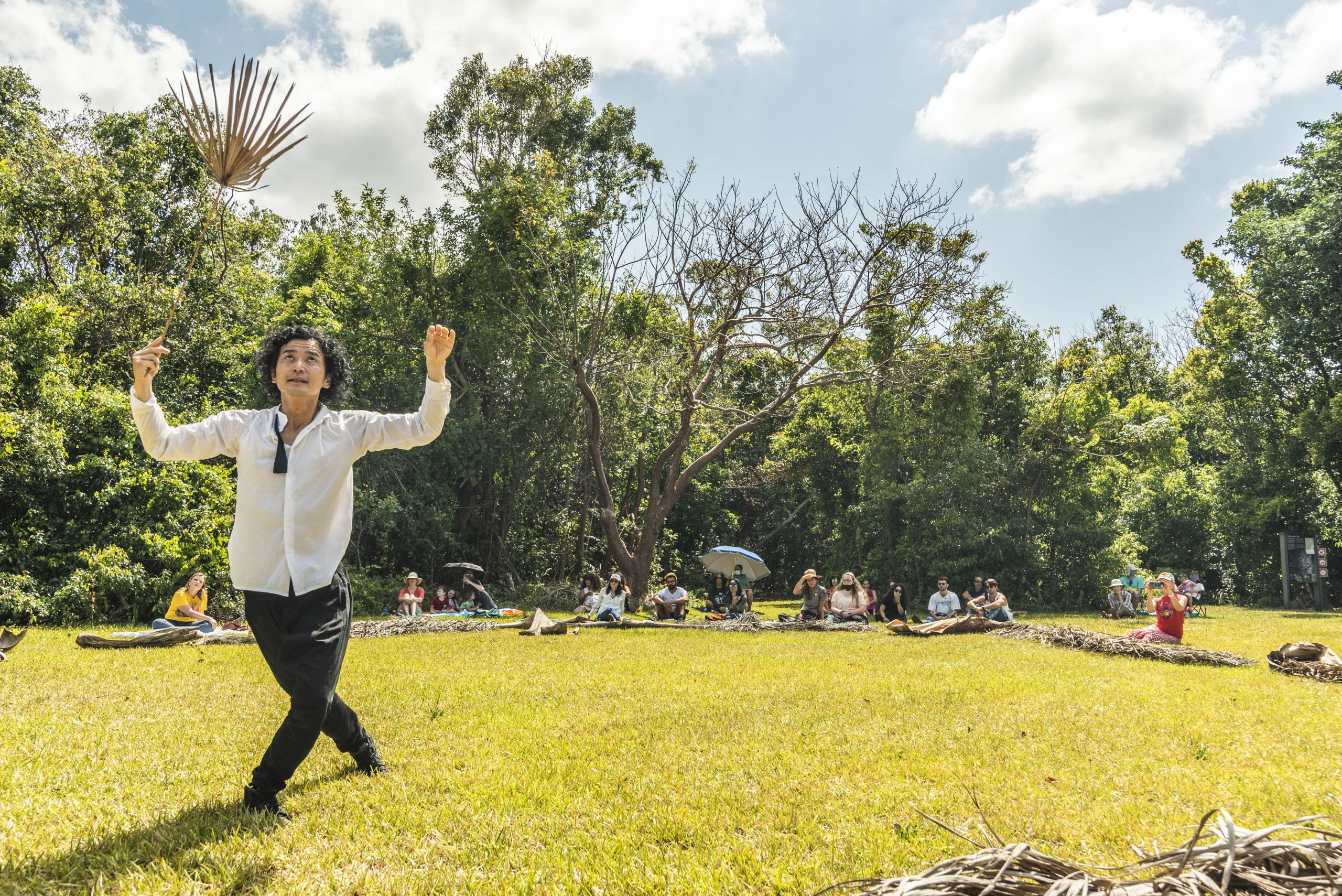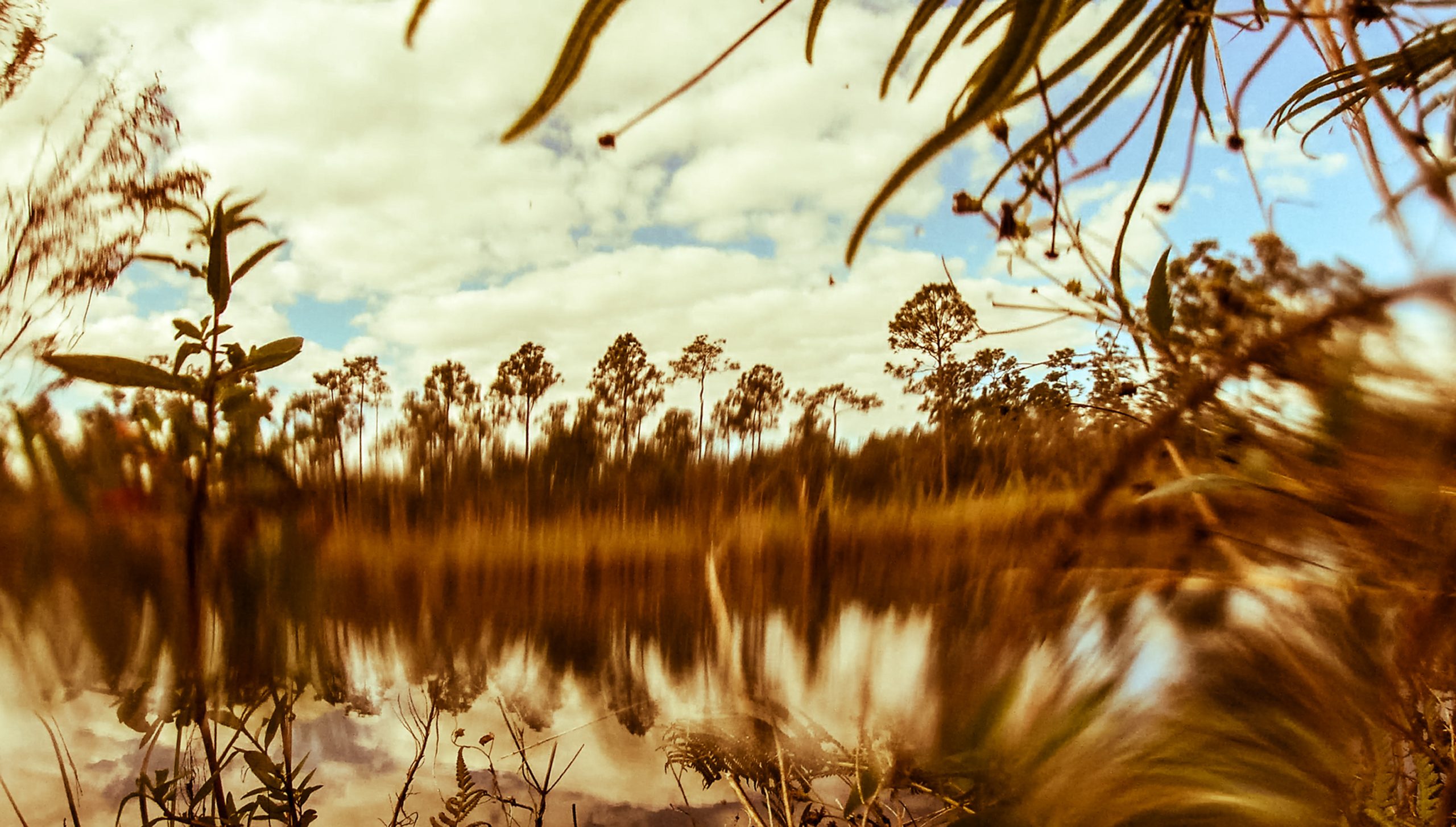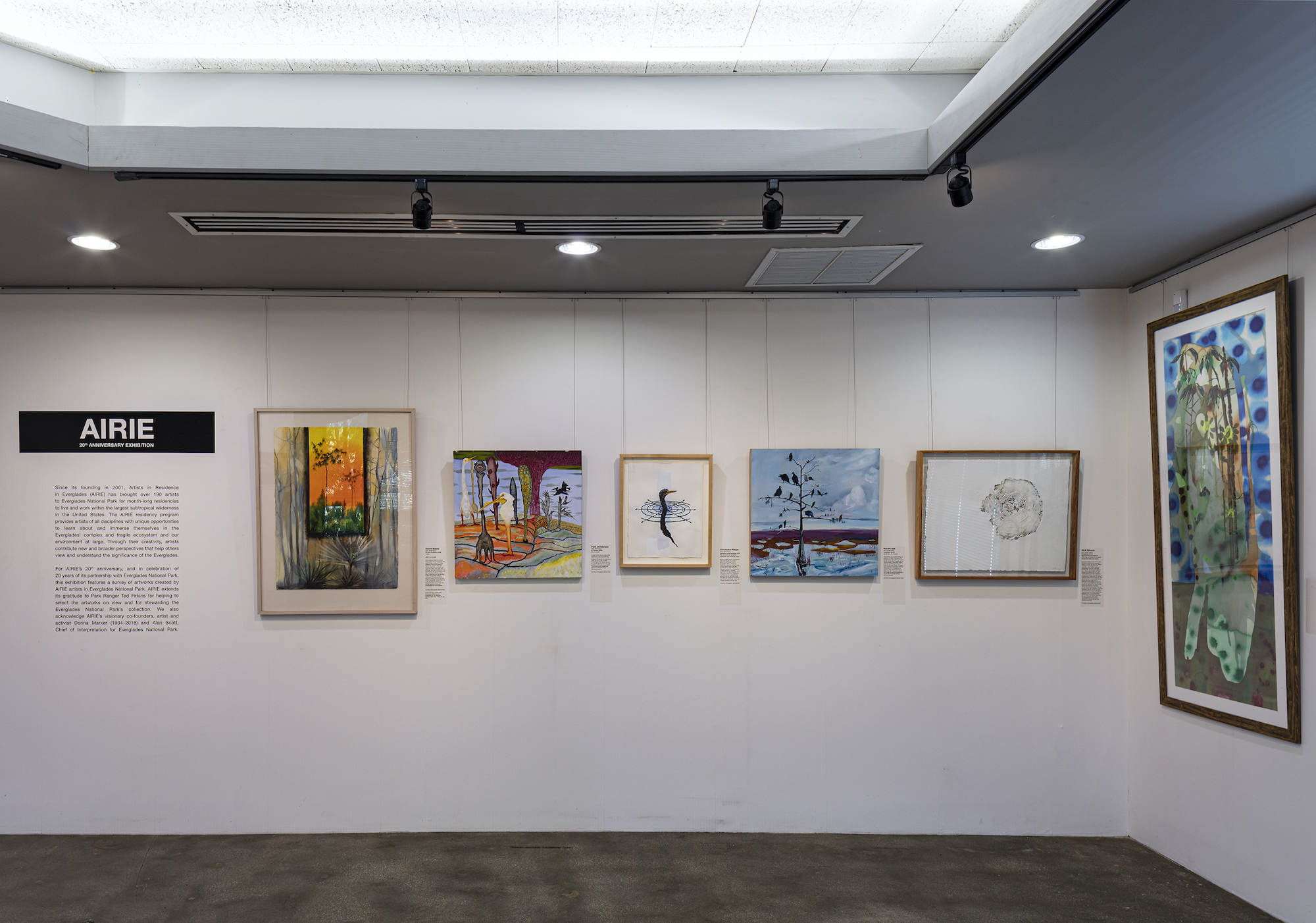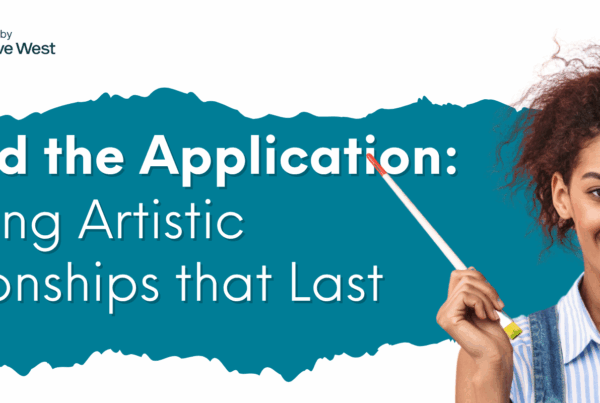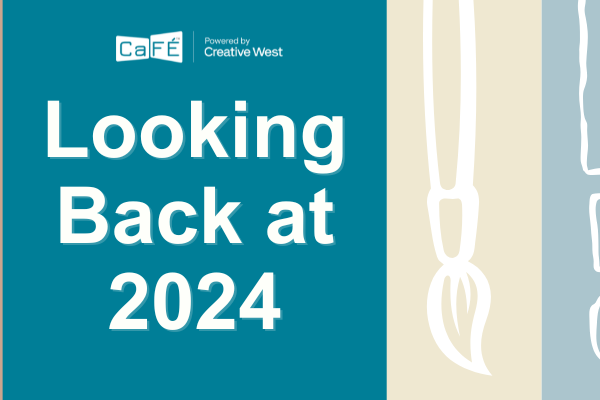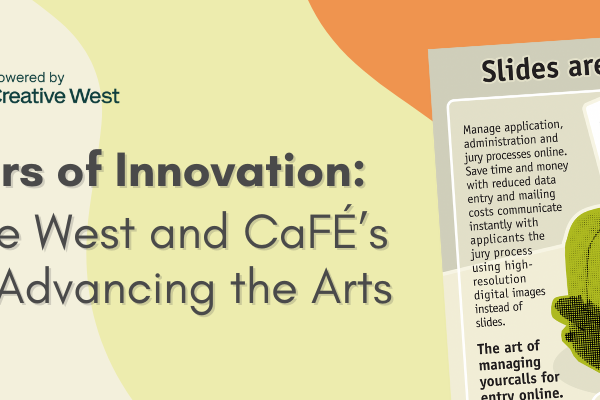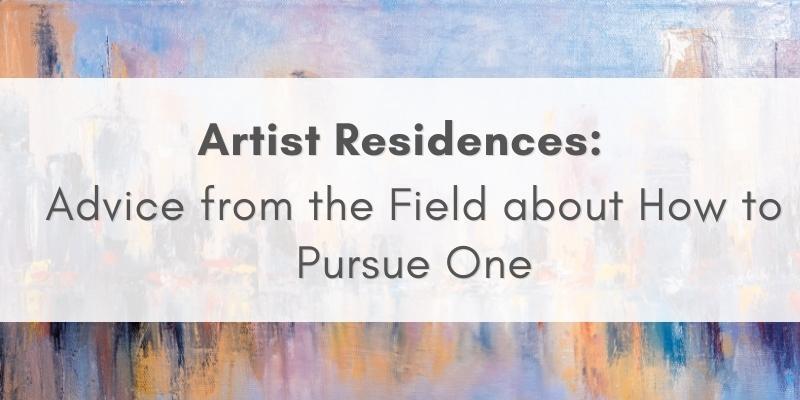
An artist residency can be a valuable experience for any artist. Living and working outside of one’s usual environment provides a unique opportunity to reflect on the surroundings and produce new work. In many cases, a residency also gives the artist and the host community a chance to connect and create ideas together. For artists pursuing a residency or wanting to know how to find the right one for them, we are sharing some helpful information from the field. Jane Thayer, program manager for Artists in Residence in Everglades (AIRIE), spoke with us about the benefits of an artist residency and specifically what the AIRIE selection committee looks for when reviewing applications.
About Artists in Residence in Everglades
Artists in Residence in Everglades (AIRIE) was founded in 2001 and offers artists of all disciplines the opportunity to live and work inside Florida’s Everglades National Park. Following a call to artists on CaFÉ, AIRIE recently announced its 2022 Fellows in addition to two new residencies: the Indigenous Artist Fellowship and the Invitational Fellowship. Applications to the call for entry were reviewed during two rounds of adjudication by independent artists and experts.

Why Pursue an Artist Residency?
Residencies offer multiple benefits and can be suitable for any type of artist. “An artist residency can be pivotal to artistic practice,” Thayer says, “since it provides time, space, and ideally resources for the artist to slow down, focus on specific research, and tap into a deep creative space.” In addition to just some extra uninterrupted time to make art, there are plenty of other advantages for leaving your own studio and stepping into an unfamiliar setting. The residency’s location can also offer a unique perspective into its ecosystem, community, and the environmental and social issues. For the AIRIE program specifically, Thayer says the atmosphere of the Everglades National Park “provides inspiration to the artist through its rhythms, landscape, and diversity of its ecosystems.” These perspectives can be a tremendous catalyst for new ideas and, ultimately, new work.
Finding a Residency that is the Right Fit for You
When looking for an artist residency program, it’s important to find one that is right for you. First consider the logistical factors: the location of the residency, the time commitment, and the funding or resources that would be available to you. Don’t waste your time applying to a residency program that you aren’t available for or one that wouldn’t be able to accommodate your art form.
The next thing you’ll want to consider is how you (and your artwork) may fit into the residency program itself. For example, Thayer mentions that those interested in AIRIE should not only consider their desire to immerse themselves in the outdoor experiences of the Everglades, but also “should have something they want to communicate that connects to the preservation and appreciation of the Everglades and nature at large.” While not every residency program is immersed in the outdoors, the same type of advice can apply to all kinds of residences. Think about how you’d be able to best work within the environment and alongside the people that live there. What can the community contribute to your work—and what can your work contribute to the community?
Determining if you are the right fit for a residency will help you find a mutually beneficial opportunity but will also help articulate to the selection committee why you should be chosen. According to Thayer, the selection committee for AIRIE looks for artists who are thinking creatively and critically about the environment with an additional focus on increasing equity and diversity within the environmental movement. While that may be the case for AIRIE, another program may have a different focus in mind. Therefore, when reviewing the residency’s call for entry, be on the lookout for any program goals or mission statements that describe what the organization is looking for in potential applicants. If you share those goals or connect with them, use that information in your application to outline why you would be a good fit for the residency.
Preparing a Strong Application
Once you’ve found an artist residency that interests you, the task of applying to it begins. To help you gain insight into what a selection committee looks for, we asked Thayer to clue us in. “The selection committee is looking for excellent technique and artistic expression from the selected artists,” she says. As this may not be a surprise, we also asked about how important other application materials are in addition to the artist’s portfolio.
“Supplemental information is important for the AIRIE application,” Thayer elaborates. “We have questions that ask the artist to explore their response to seasonal themes/prompts, about how the residency would support their artistic practice, and what they hope to research, investigate, or achieve during the residency.” Overall, Thayer shares that what most selection committees look for when first reviewing applications is an impression of the artist’s interest in connection with their body of work.
When asked about how an emerging artist might stand out to the selection committee, Thayer talks about how an artist statement can go a long way and how work samples are not the only thing that is considered: “A strong artist statement can be a huge asset. Communicating how the residency will be able to support them in their career goals as well as discussing any other residency experience they may have had would be helpful.” That being said, Thayer stresses the importance of making sure your application is complete with all of the required materials in addition to work samples of artwork you feel would be compelling to the judges.
Embracing the Opportunity
Artists residencies come in all shapes and sizes, which can allow you to find one that truly speaks to your practice. That said, don’t be afraid to step out of your comfort zone and look at opportunities that can help move your career forward. “An artist residency in a natural setting can be incredibly inspiring and rejuvenating for all artists, across all disciplines,” says Thayer. “The Everglades is an awesome place, with incredible biodiversity, history, ecological and social impact. Art has the power to transform and instruct how we can thrive as a society. Combine these elements and artists become the ideal advocates for this precious ecosystem.”
If you are interested in AIRIE, applications for the 2023 residency program will open on April 1, 2022. You can also find more information on the AIRIE website, and on social media, @airieverglades.
Written by Communications Coordinator Justine Chapel

